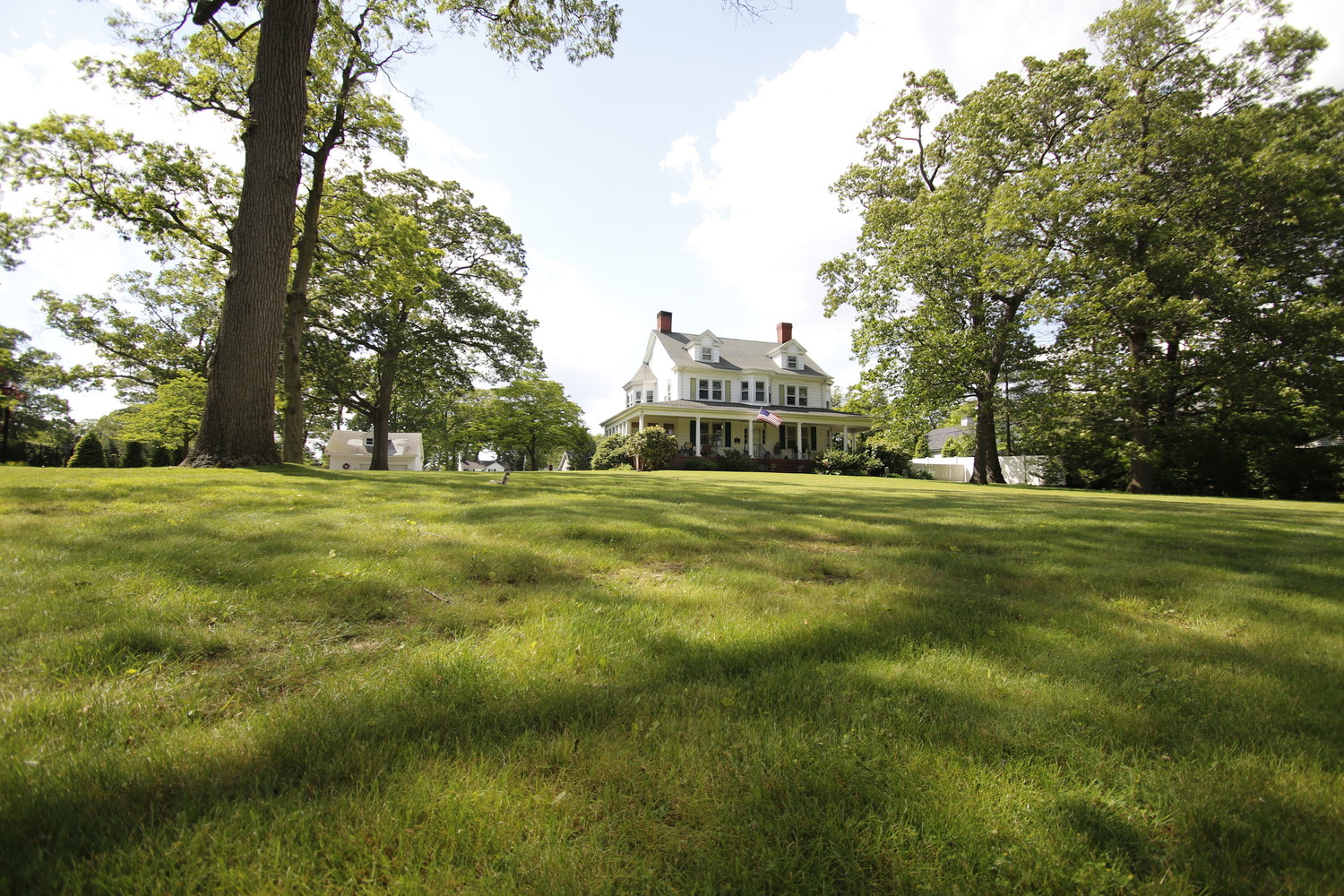Judge nullifies village building moratorium
RVC homeowners seek to move forward with subdivision
A Nassau County Supreme Court judge earlier this month nullified a six-month building moratorium imposed by the village in July on properties that front private roads, which will allow the owners of 220 Hempstead Ave. to continue seeking approval for their plan to subdivide the lot.
Owners James and Brett O’Reilly, who live in the home that was formerly St. Mark’s parsonage, submitted plans to knock down the house and divide the 1.75 acres into four single-family plots. A new street, to be called Killarney Lane, would be constructed perpendicular to Hempstead Avenue, to allow access to the two homes planned for the back of the property.
The village’s building department turned down the proposal, and the Zoning Board of Appeals denied a variance — the back two plots did not have the required frontage on a public street — in June. Chris Browne, attorney for the O’Reillys, had said that the moratorium did not apply to the proposal, because Killarney Lane would be given to the village and become a public road.
The moratorium affects “…any proposed use or development of any property for a private road, or of any property, building or structure which does not provide at least the required minimum frontage on a public road,” and Browne claimed at the time it was imposed that it unfairly targeted the O’Reillys’ proposal.
According to the decision by Judge John Galasso, “Absent from Village opposition papers is any evidence to support a comprehensive review indicative of a certain land use or development that requires redressing.
“Rather, the plain language of the subject moratorium mirrors each of the plaintiffs’ proposed applications to subdivide the subject property,” the decision states. “Before this Court is sufficient evidence of strong community opposition to plaintiffs’ subdivision application, coupled with the narrowly tailored language of the moratorium, which bespeaks of an invalid measure to halt development.”
Galasso also ordered village trustees to vote, within 90 days of Oct. 10, on the revised application to determine whether Killarney Lane would be accepted as a public street.
“We’re pleased with the decision, and we hope that we can now return to the regular order and move the application forward,” Browne told the Herald. “I hope that the normal legal process will apply to this application, and that the application will be given a fair hearing before the planning board, which is all we’ve ever asked.”
Village spokeswoman Julie Scully wrote in an email last week, “The Village believes this decision is incorrect, and will be filing an appeal as soon as the Village receives the official notification of the court’s decision. However, due to litigation, it would be inappropriate to comment any further at this time.”
The most recent site plan, submitted to the village’s building department, includes additional strips of land on either side of the subdivision’s two rear plots to make them compliant with the frontage requirements. Browne said he has asked the building department to pass the application on to the planning board, and that the public would have another opportunity to comment on the project, which some have opposed.
“I’m extending the olive branch; let’s work together,” Browne said. “Or not even work together. Just give me a fair shake. I just want my day in court, so to speak. The planning board has the right to do whatever it wishes within the bounds of the law, but let us go in front of them.”






